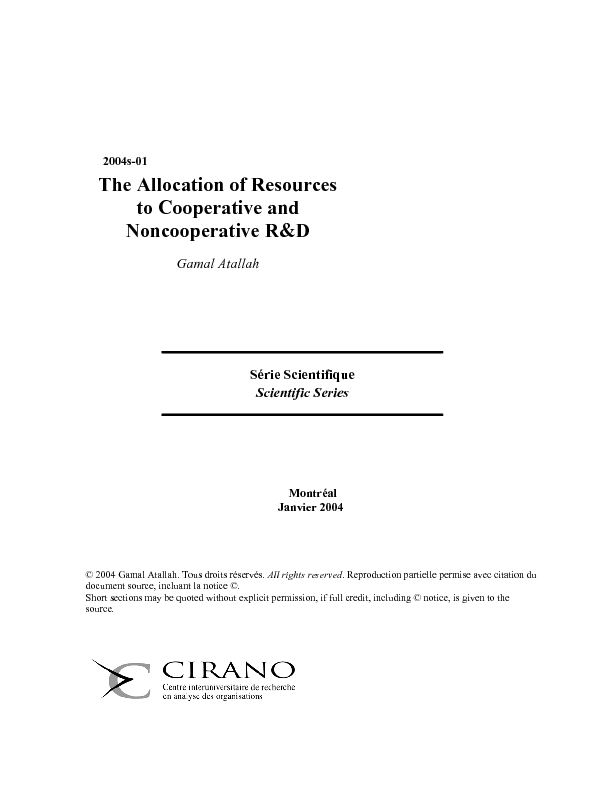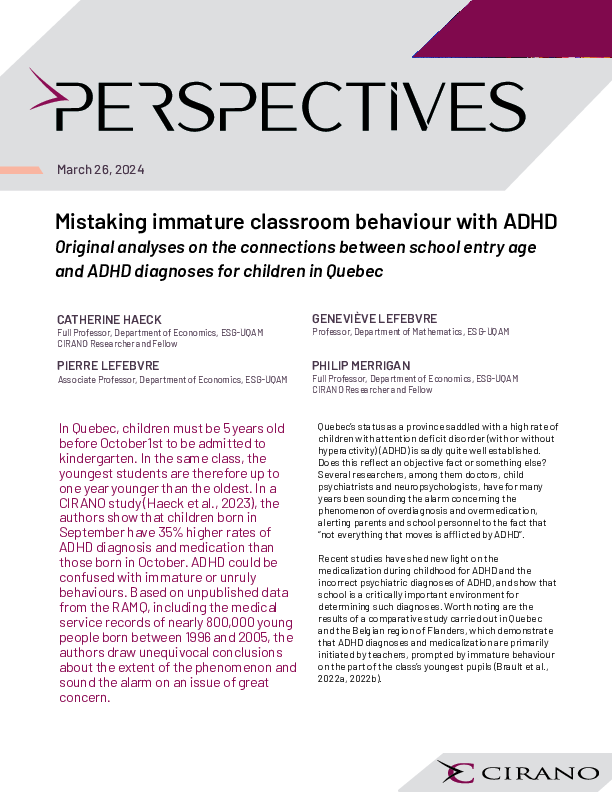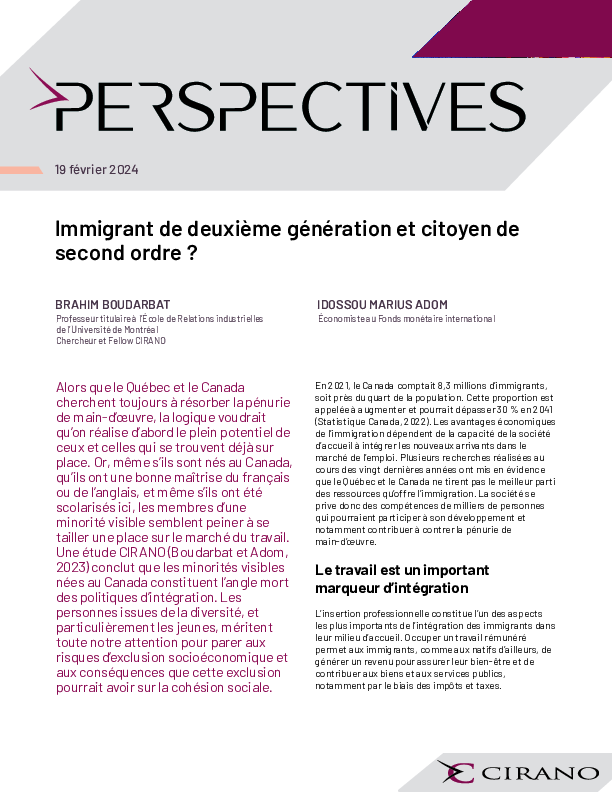The Allocation of Resources to Cooperative and Noncooperative R&D
The precompetitive R&D literature has viewed cooperative and noncooperative R&D as substitutes. In this paper a more realistic approach is taken, where both cooperative and noncooperative R&D are performed in parallel. In the first stage firms determine the optimal investments in both types of R&D, and in the second stage they compete in output. It is found that information sharing between cooperating firms contributes not only to cooperative R&D, but also to noncooperative R&D. The two types of R&D reinforce each other. The level of cooperative R&D may be higher or lower than noncooperative R&D. In a Cournot duopoly, the share of cooperative R&D lies between 20% and 80% of total R&D, and this share increases with spillovers and information sharing. It is always optimal to subsidize half the costs of cooperative R&D, while the subsidy to noncooperative R&D is unchanged form the standard model. Consumers prefer intermediate levels of spillovers and information sharing, while firms prefer higher levels of spillovers, which entail lower levels of information sharing.
[ - ]




